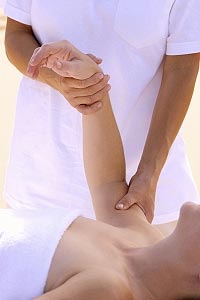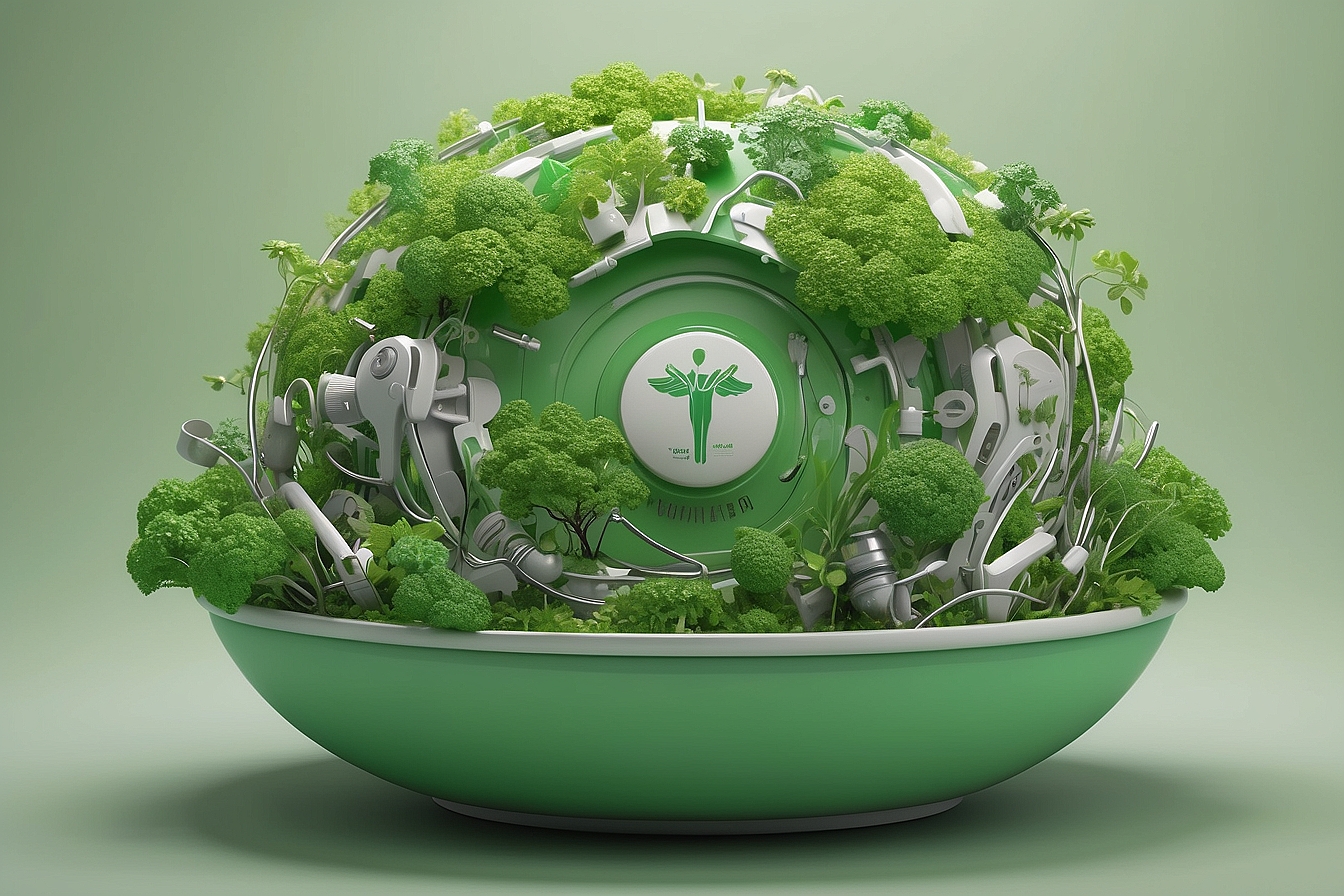Did you know that there are over 80 styles of massage therapy? I was initially surprised, but it makes sense given the wide range of reasons people choose massage therapy. These reasons most often include healing injuries, improving mental health, to just simply a relaxing special treat! Let’s take a look at the history of massage therapy and its benefits.
History of Massage Therapy
 iThe University of Maryland Medical Center defines massage as, “a ‘hands on’ treatment in which a therapist manipulates muscles and other soft tissues of the body to improve health and well being.”1 This concept has been practiced for millennia. Massage therapy was originally a component of Ayurveda, the traditional holistic medicinal practice in India, and has been practiced there for over 5,000 years.2
iThe University of Maryland Medical Center defines massage as, “a ‘hands on’ treatment in which a therapist manipulates muscles and other soft tissues of the body to improve health and well being.”1 This concept has been practiced for millennia. Massage therapy was originally a component of Ayurveda, the traditional holistic medicinal practice in India, and has been practiced there for over 5,000 years.2
From India, massage therapy spread to Egypt and China between the years 3,000 and 2,500 BCE (Before the Common Era), which is shown through various Egyptian tomb paintings and Chinese texts. The Egyptians are credited with developing reflexology, a type of massage therapy in which the therapist applies pressure to reflex zones on the hands and feet of the patient. Acupuncture and acupressure developed from the Chinese tradition of massage.3 Around 1,000 BCE, Japanese monks began studying Buddhism in China. During their studies, they observed Chinese monks practicing massage therapy—the Japanese monks altered the Chinese practice, which gave way to a form known as Shiatsu.4
Massage therapy entered Western civilization between 800 and 700 BCE, already thousands of years after it began in India. Athletes and philosophers in Greece were the first to sing the praises of massage. In addition, Greek women used the oils traditionally used in massage as beauty treatments. In 200 BCE, Galen, a physician to the Roman emperor, began using massage therapy to treat physical injury and ill health. As massage grew in popularity, doctors began to offer massages at public bathhouses.5
After the fall of the Roman Empire, massage fell into obscurity in the Western world until the 1600s of the Common Era (CE). However, it was not until Swedish physician Per Henrik Ling developed the Swedish Gymnastic Movement System in the early 1800s that massage truly came back into practice. This system combined massage, medical gymnastics, and physiology to treat physical ailments.6
In the early 1900s, massage was used in the United States to treat World War I patients who suffered from nerve injury or shell shock. However, massage was mostly associated with seedy massage parlors. In the second half of the twentieth century, Americans’ rising interest in natural healing sparked the return of massage to the West, especially once the industry became regulated and a licensing process for therapists ensued, governed by individual States.7
Popular Types of Massage Therapy
 iiRegardless of the type of massage, there are certain health benefits that are common to the practice of massage in general. First, when a therapist massages tissue, electrical signals are sent to that area. This is done in an effort to stimulate healing of the damaged muscle, circulation, toxin release from the body via the lymphatic system, the immune system, and endorphins (which are natural painkillers and mood enhancers). In addition, massage reduces the levels of stress hormones, producing a calming effect for the person being massaged.8 Common benefits aside, it is important to choose the type of massage that will most effectively heal either your physical or mental ailments. Below are descriptions of some popular and commonly available options across the United States:9
iiRegardless of the type of massage, there are certain health benefits that are common to the practice of massage in general. First, when a therapist massages tissue, electrical signals are sent to that area. This is done in an effort to stimulate healing of the damaged muscle, circulation, toxin release from the body via the lymphatic system, the immune system, and endorphins (which are natural painkillers and mood enhancers). In addition, massage reduces the levels of stress hormones, producing a calming effect for the person being massaged.8 Common benefits aside, it is important to choose the type of massage that will most effectively heal either your physical or mental ailments. Below are descriptions of some popular and commonly available options across the United States:9
- Swedish Massage – Perhaps the most common form of massage used today, the therapist uses soft, long strokes to knead the topmost layers of muscle. The therapist will also work on joint movement. Many use this form of massage after a physical injury.
- Shiatsu Massage – In Japanese, shiatsu means “finger pressure.” The therapist will place pressure on precise points on the body (known as acupressure points) in order to restore the body’s energy flow, which is called chi.
- Thai Massage – A Thai massage involves more patient participation than most types of massage. A hybrid between yoga and massage, the therapist will place the patient in certain poses to enhance the massage’s effectiveness.
- Hot Stone Massage – Instead of using fingers, as in a Shiatsu massage, the therapist will place warmed stones on acupressure points. The warmed stones are simultaneously relaxing and help loosen the muscles so that the therapist can perform a deeper massage.
While massage therapy has many benefits, such as relieving back pain, headache, and anxiety, people with certain health conditions should check with a doctor before booking a massage for themselves. For instance, pregnant women and people with diabetes should be cautious before getting massages. However, those with health conditions such as heart failure, kidney failure, soft tissue and superficial vein infection, blood clots, bleeding disorders, cancer, and contagious skin conditions are generally advised to avoid massages.10




